The Shambles |
|
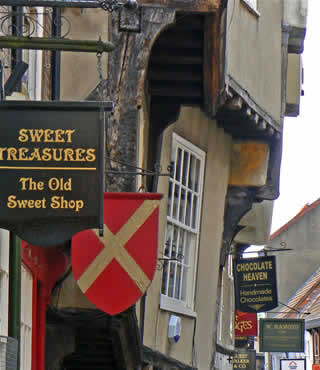 |
|||
The most famous medieval street in Britain |
||||
Listen to this article |
||||
|
||||
 |
||||
There are many streets in England known as The Shambles, but York's is certainly the most famous - and probably the best. It was mentioned in William the Conqueror's Doomsday book, making it at least 900 years old. Many of the buildings are from the 15th century, and they display the period's trademark leaning architecture - the wooden-framed structures have extended upper floors, which loom over both sides of the road, almost touching in the middle. It's an impressive sight, which hundreds of people come to see, every day of the year. With good reason, the street is often described as the most well-preserved medieval street in Europe. |
||||
 |
||||
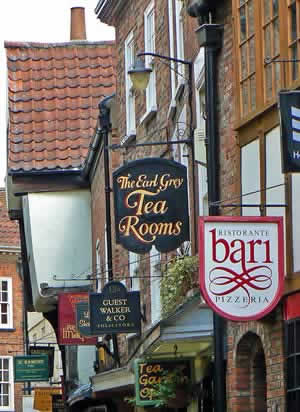 |
||||
For most of its history, The Shambles has been home to butchers, and their shops. This is where the name comes from - the word shambles actually means an open-air slaughterhouse, or meat market. In fact, the street once had a longer name: The Great Flesh Shambles. Back then, the butchers would display their wares on shelves and meat hooks, out in the open air. It's a grim scene, but it gets worse. The pavement is raised on both sides of the road, creating a channel through the centre. This used to be a sewer for the butchers, who would pour their waste into it several times a week. It became a river for blood, guts, and offal. Thankfully, this has long since changed. But next time you hear someone describe something messy or disorganised as a shambles, remember the image - because that's where the word came from. |
||||
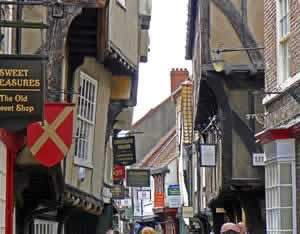 |
||||
 Luxury chocolates and ice creams for sale at Chocolate Heaven |
||||
Although there used to be as many as 26 butchers in The Shambles, today, there isn't a single one. However, as you walk past the restaurants, cafes, and souvenir shops, you can still see the the shelves and meat hooks outside their doors. And as you stand in the long shadows, cast by the strange houses, it isn't difficult to imagine the street's unsettling history. |
||||
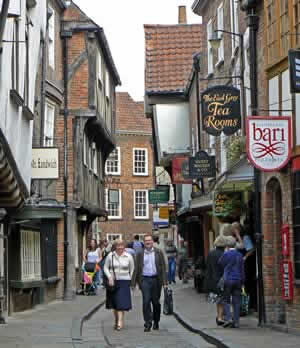 Strolling along the Shambles |
||||
Among the bustling stores and eateries lies another example of York's past. One of the buildings holds a shrine to Saint Margaret Clitherow, a butcher's wife in the late 1500s. Margaret was a dedicated Catholic, but unfortunately, she lived in a time of great persecution against her religion. But she was a determined woman, and this didn't stop her from holding secret masses in her house, halfway along the Shambles. She kept this up for many years, but eventually, the authorities discovered what she was doing. The courts sentenced her to death, and on Good Friday of 1586, she was crushed to death underneath heavy rocks. Nearly 400 years later, the Pope awarded her a sainthood, in honour of her martyring. |
||||
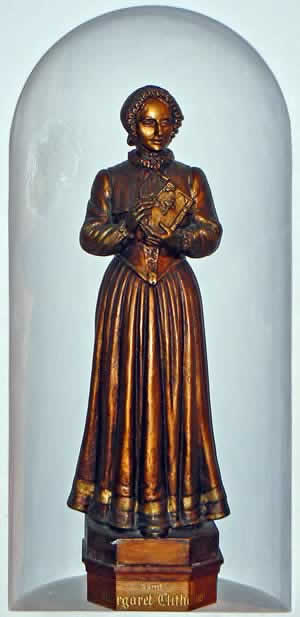 Statue of Margaret Clitherow in the shrine |
||||
Stories like Margaret's give The Shambles a unique atmosphere that no other street in the country can claim. It is an essential part of any visit to the city of York. |
||||
|
||||
Most of the shops are open daily 9am to 5pm (11am to 5pm Sun). |
||||
|
Pocket Britain is optimised for use on a smartphone or tablet with internet access. All content is subject to copyright. All reasonable methods have been used to ensure information supplied is accurate at the time of publication. However, it is advisable to check information before relying on it. Privacy Policy |